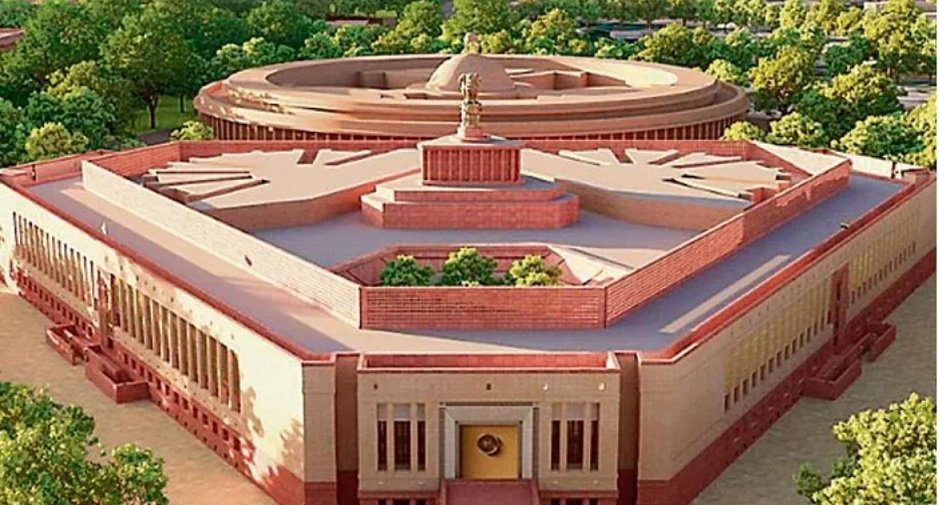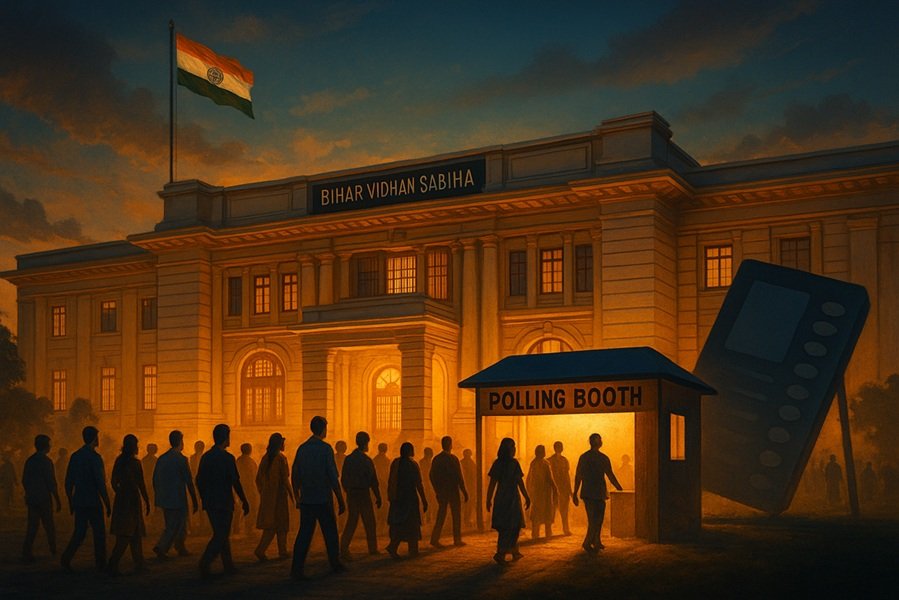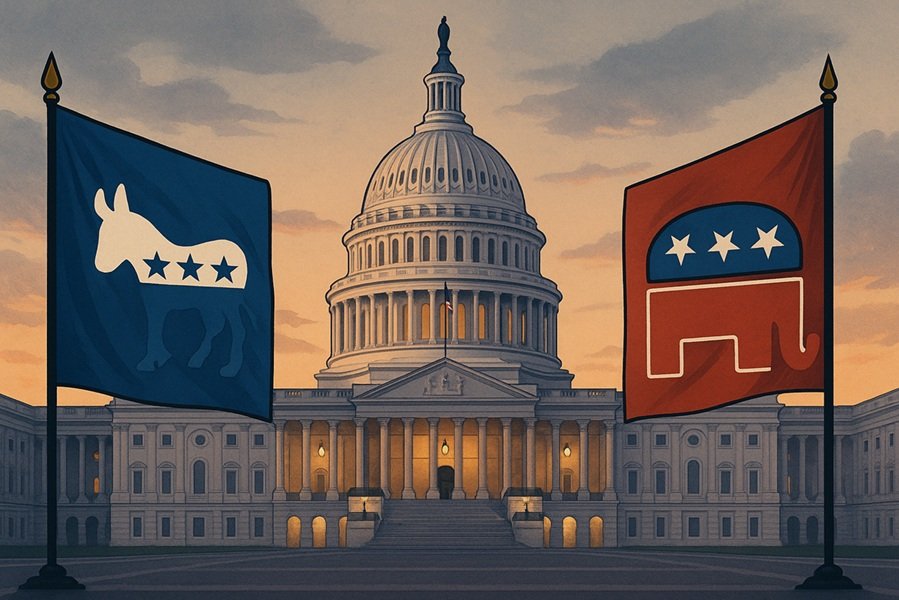
India’s parliamentary system, based on the Westminster model, is a bicameral legislature consisting of two houses: the Lok Sabha (House of the People) and the Rajya Sabha (Council of States). Each house plays a crucial role in the legislative process and governance of the country. To comprehend how bills are passed and how majority seats influence decision-making, it’s essential to delve into the structure and dynamics of both houses.
Structure of the Indian Parliament
Lok Sabha (House of the People)
- Total Seats: The Lok Sabha comprises a maximum of 552 seats, as per Article 81 of the Constitution.
- 530 seats represent states.
- 20 seats represent Union Territories.
- 2 seats can be nominated by the President for the Anglo-Indian community (this provision has been discontinued after the 104th Constitutional Amendment in 2019).
- Current Strength: The Lok Sabha presently has 543 members, with members elected directly by the people through general elections based on universal adult suffrage.
- Term: Members serve for a term of five years, unless dissolved sooner.
Rajya Sabha (Council of States)
- Total Seats: The Rajya Sabha can have up to 250 members:
- 238 members represent states and Union Territories.
- 12 members are nominated by the President for their expertise in fields like literature, science, art, and social services.
- Current Strength: The Rajya Sabha presently has 245 members.
- Term: Members are elected for a term of six years, with one-third of the members retiring every two years.
Majority and Its Importance
Types of Majority
In the Indian Parliament, different types of majorities are required for various legislative and procedural purposes. These include:
- Simple Majority:
- Defined as a majority of members present and voting.
- This is the most common majority used for passing ordinary bills, motions, and resolutions.
- Absolute Majority:
- Refers to more than 50% of the total membership of the house.
- This is rarely required but is significant for specific purposes like forming a government.
- Effective Majority:
- Refers to more than 50% of the effective strength (total strength minus vacant seats).
- Used for situations like removing the Vice President.
- Special Majority:
- There are different kinds of special majorities, depending on the context. For example:
- Special Majority under Article 368: Requires two-thirds of members present and voting and a majority of the total membership. Used for constitutional amendments.
- Special Majority with Ratification by States: Involves a two-thirds majority in both houses and approval by more than half of the state legislatures. Required for certain constitutional amendments affecting federal structure.
- There are different kinds of special majorities, depending on the context. For example:
Passing of Bills in the Parliament
Types of Bills
- Ordinary Bills:
- Concerned with matters other than financial subjects.
- Can be introduced in either house of Parliament.
- Money Bills:
- Concerned exclusively with taxation, borrowing, or expenditure.
- Can only be introduced in the Lok Sabha, as per Article 110.
- The Rajya Sabha can suggest amendments but cannot reject or amend it.
- Financial Bills:
- Includes provisions involving expenditure from the Consolidated Fund of India.
- Requires the President’s recommendation for introduction.
- Constitutional Amendment Bills:
- Concerned with amending the Constitution.
- Requires a special majority for passage.
- Private Member Bills:
- Introduced by members who are not ministers.
- Rarely passed but serve to raise discussions on important issues.
Process of Passing a Bill
- Introduction (First Reading):
- A bill is introduced in either house (except Money Bills, which are introduced in the Lok Sabha).
- After introduction, it is published in the Gazette of India.
- Discussion and Referral to Committees (Second Reading):
- The bill is debated in detail.
- It may be referred to a Parliamentary Committee for further examination.
- Voting and Approval (Third Reading):
- The bill is put to vote. For ordinary bills, a simple majority is sufficient.
- Consideration by the Other House:
- The process is repeated in the second house.
- If the second house suggests amendments, the first house must agree to these changes.
- President’s Assent:
- Once both houses pass the bill, it is sent to the President for assent.
- The President can either:
- Give assent, making it a law.
- Withhold assent.
- Return the bill (except Money Bills) for reconsideration.
Role of Majority in Governance
- Forming the Government: The political party or coalition with a simple majority in the Lok Sabha forms the government. The leader of the majority party is invited by the President to become the Prime Minister.
- Passing Laws: A stable majority ensures the smooth passage of legislation, while a fragmented house can lead to delays and compromises.
- Confidence and No-Confidence Motions:
- The government must maintain the confidence of the Lok Sabha. Losing a vote of confidence means the government must resign.
- A no-confidence motion requires the support of a simple majority to be passed.
Checks and Balances
The bicameral nature of the Indian Parliament ensures checks and balances. The Rajya Sabha, representing states, acts as a revising chamber, preventing hasty legislation. Moreover, the judiciary can review laws to ensure they conform to the Constitution.
Conclusion
The Indian Parliament’s structure, majorities, and legislative processes reflect a delicate balance between representation and governance. Understanding these intricacies is crucial for appreciating the functioning of the world’s largest democracy. From forming governments to passing landmark legislation, the interplay of seats and majorities in the Indian Parliament underscores the importance of democratic principles and constitutional mechanisms.







